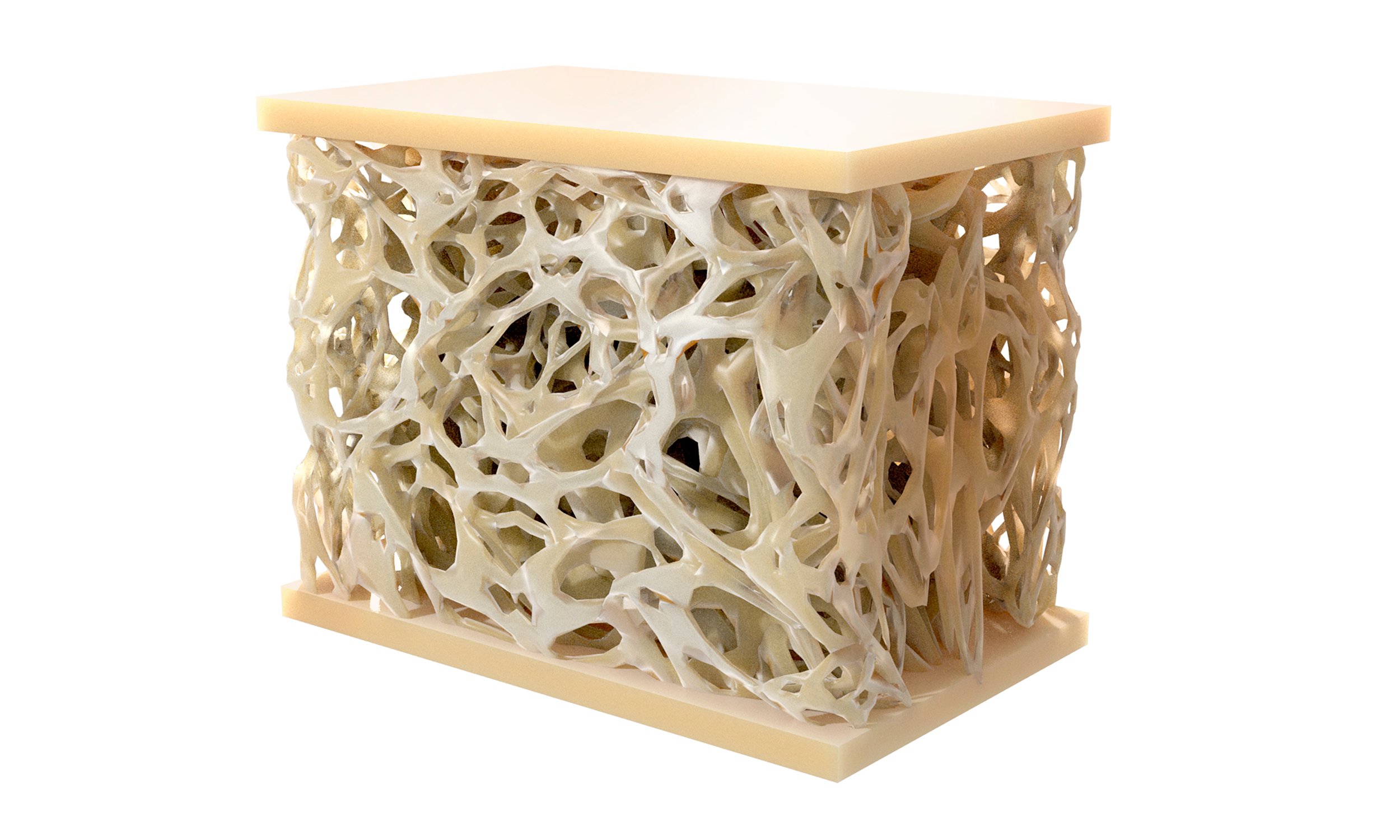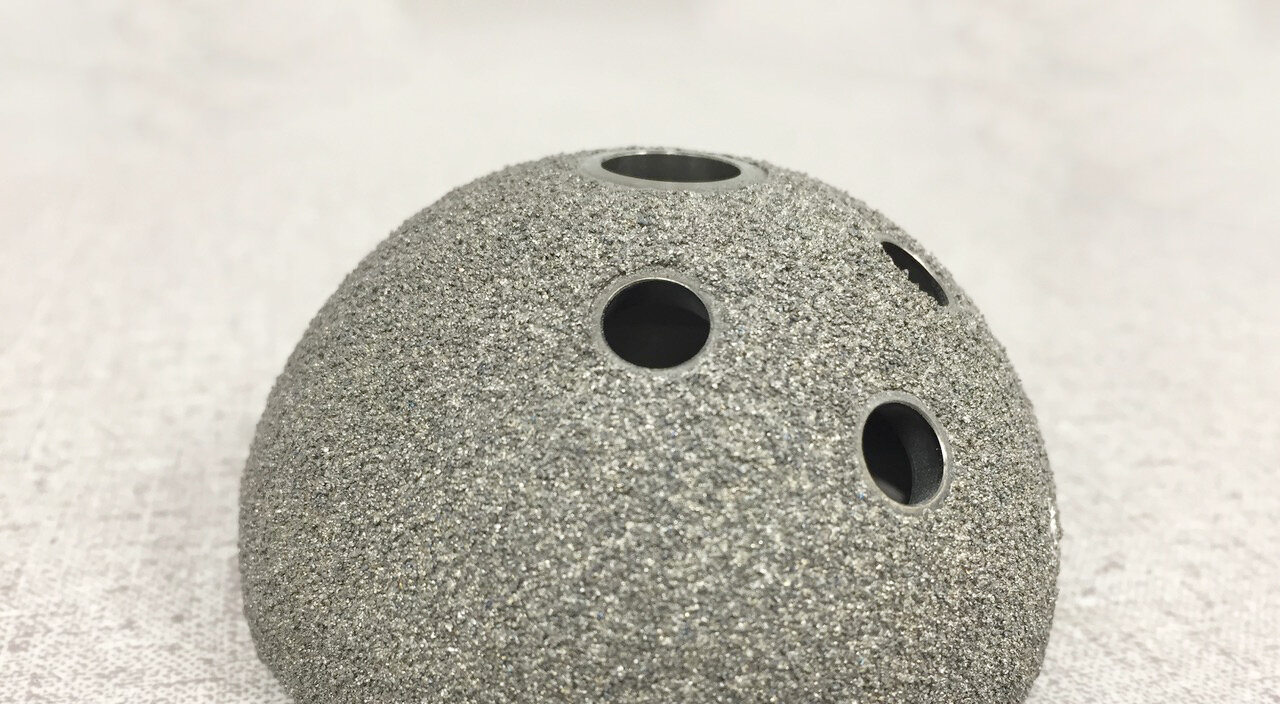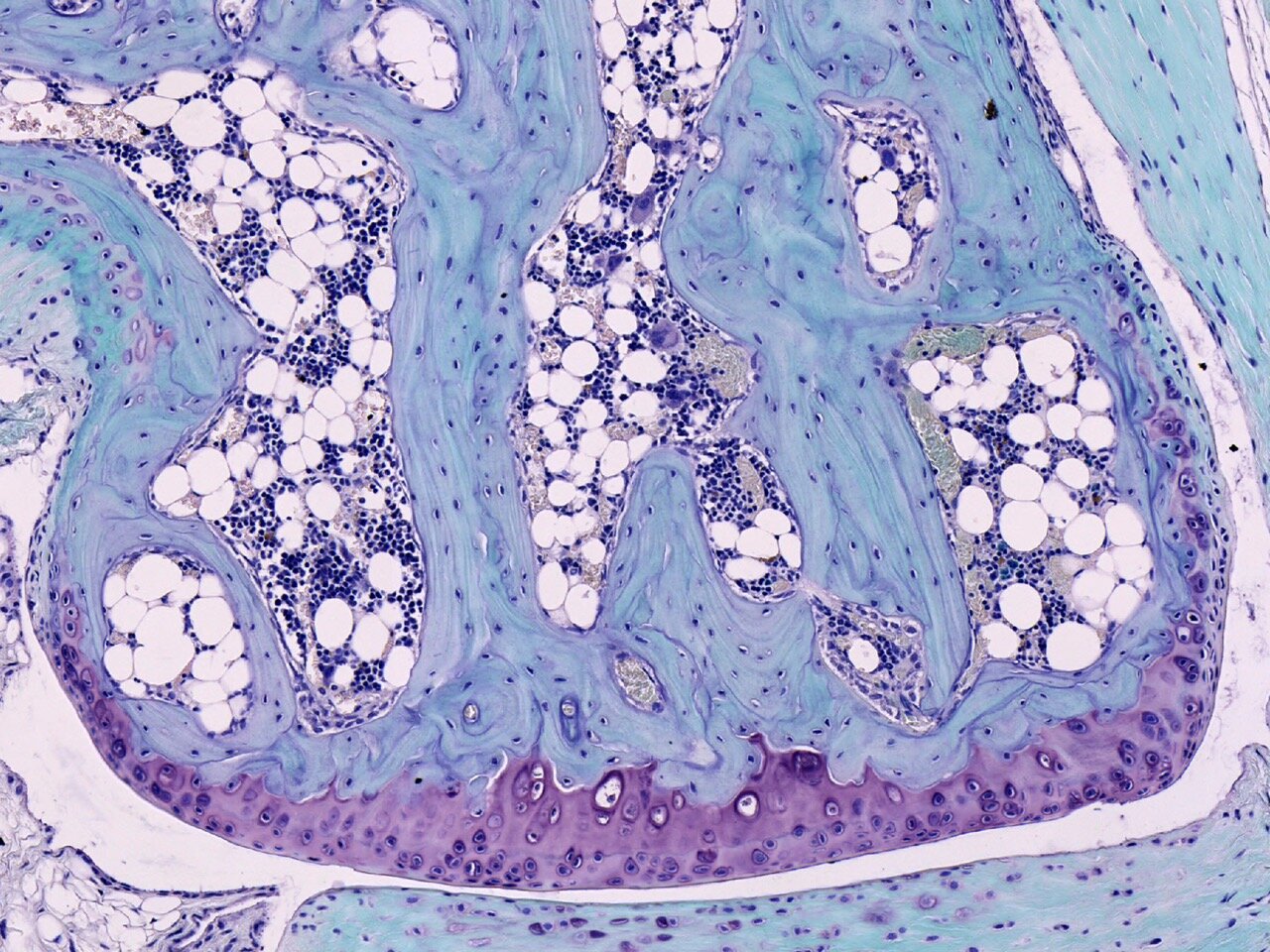
Synthetic Bone Grafting: An Overview of the Process, Terms, and Materials
Bone grafts help bones heal. Common cases that may require a bone graft include severe fractures, jaw reinforcement before dental implants, areas of missing bone due to disease such as cancer or bone infections, spinal fusion procedures, and artificial joint replacement surgeries.
Bone grafting is a dental, spinal, or orthopedic surgical procedure in which a bone replacement material is physically added to the area of missing bone. The goal of bone grafting is to have the patient’s own bone cells grow into the replacement material over time, eventually creating strong, healthy bone.

Titanium, Rabbits, and Tiny Microscopes: Dr. Brånemark’s Unlikely Discovery of the Modern Dental Implant
If you ever went searching for your car keys but found a $100 bill instead, you might feel a little like Dr. Per-Ingvar Brånemark. He was looking into how blood flow affects bone healing—and he ended up discovering osseointegration.
Better osseointegration is one of our primary goals at Himed. When we develop surface treatments and coatings, we do it with the aim of improving the integration of implants with a patient’s bones. The very phrase “osseointegration” was coined by Dr. Brånemark, who is now considered the father of the modern dental implant. Before his work, the medical community was pretty sure that such a thing wasn’t even possible.

Hipper than Ever: Advancing Technologies Make Hip Replacements Viable for a Younger Population
When you picture a typical hip replacement candidate, you likely think of someone aged 60 or 70, not 40 or 50. Up until recently, that assessment was in line with reality. The main reason older adults have been more likely to receive a hip replacement is fairly obvious: as people age, their joints are more likely to degenerate to the point where surgery is required.

Regrowing Cartilage in Mice May Mean Good Things for Arthritis Treatment
Researchers at Stanford have good news for the future of arthritis treatment. In a paper published in Nature Medicine, Stanford professors and visiting researcher Matthew Murphy, PhD discovered a method that resulted in the regrowth of cartilage in mice.
That’s pretty remarkable when you consider up until now, the medical community believed that once cartilage was gone, it was gone for good. Losing this critical layer of tissue between bones is what leads to the pain of arthritis and it can be lost through injury or just plain old age. Most of the treatments we have now involve invasive surgeries like joint replacements or long-term pain management regimens.
